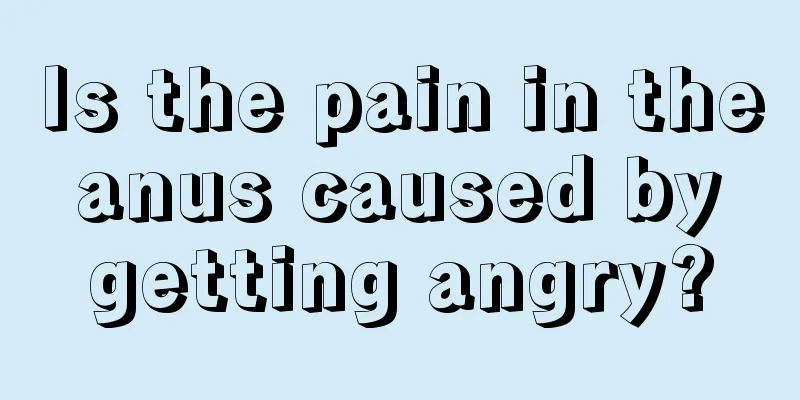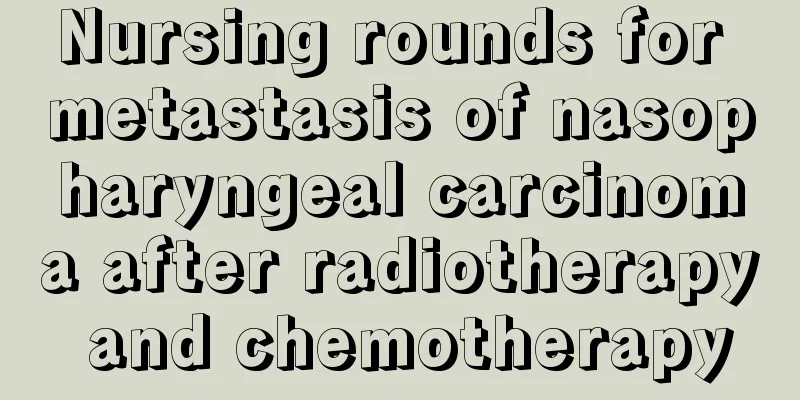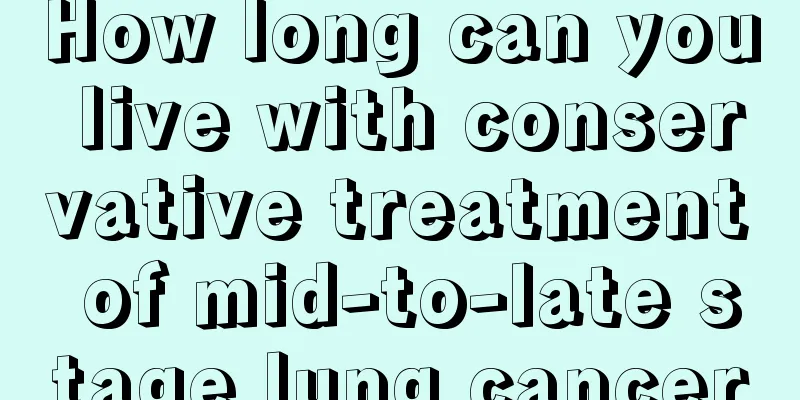Is the pain in the anus caused by getting angry?

|
Pain in the anal area may be related to getting inflamed, because the anus does not get inflamed easily under normal circumstances. Once it does, it will cause pain. It may even be caused by inflammation transmitted by bacteria in the intestines, including hemorrhoids or swelling, anal sinusitis, which are all causes of anal pain in patients and need to be treated after the factors are found. Causes Anal pain is not uncommon in clinical practice. Most patients can find a clear cause, but a small number of patients have unclear causes. Generally speaking, the causes of anal pain are roughly the following: Mental factors: mostly caused by mental stress, such as anorectal neurosis, pudendal nerve syndrome, sciatica, and coccygeal neuralgia reflecting to the anus and causing anal pain; Foreign bodies and bad diet stimulation: Trauma, foreign bodies in the rectum, spicy food and alcoholism can all irritate the anus and cause pain; Anorectal infection: anorectal abscess, anal sinusitis, anal papillitis, etc. These diseases can also cause anal pain; Anal diseases: such as incarcerated hemorrhoids, inflammatory external hemorrhoids, thrombosed external hemorrhoids, anal fissures, anal fistulas, etc., can all cause anal pain; Intestinal infection or diarrhea, constipation: Intestinal infection can cause inflammation to irritate the anus. Diarrhea and constipation can cause mechanical irritation of the anus when feces pass through the anus, resulting in anal pain. Anorectal tumors: Whether benign or malignant, infection of the surface mucosa or direct compression of the anus can cause anal pain. Advanced anorectal cancer can invade the nerves and cause severe pain. Anal pain is caused by the rich sensory nerves in the anus. When stimulated, it will cause pain or severe pain, which may manifest as tingling, distension, burning, and heaviness. It may occur during defecation, after defecation, or at other times. There are many reasons for anal pain, which can be summarized into 12 types; such as pain during defecation and anal fissures, anal sinusitis, incarcerated internal hemorrhoids, and edema of external hemorrhoids; persistent pain caused by bacterial dysentery, amoebic intestinal bleeding, ulcerative colitis, thrombosed external hemorrhoids, perianal abscess, secondary infection of anal fistula, rectal cancer, and foreign body injury in the anus; intermittent pain caused by anorectal neurosis, pudendal nerve syndrome, and rectal inflammation. The top ten causes of anal pain can be summarized as follows: (1) The pain caused by anal fissure is cyclical and often occurs during or after defecation. It is mainly caused by irritation from feces and expansion of the ulcer fissure. The pain is paroxysmal burning or knife-like pain and can last for several minutes; the pain subsides after the stool passes. In addition, due to the stimulation of defecation, the internal sphincter may be in continuous spasm, causing severe and persistent pain in the ulcer fissure; it can often last for several hours, and the patient is restless and in great pain; in severe cases, the pain can last for more than 24 hours. In addition to pain, anal fissures are often accompanied by symptoms such as bleeding and constipation. (2) Anal sinusitis Anal sinusitis, also known as anal cryptitis, is an inflammation caused by lesions in the anal crypts. It is generally characterized by slight pain and heaviness in the anus. During defecation, the stool presses on the inflamed anal sinuses, causing burning pain in the anus. If the sphincter contracts due to stimulation, the pain will intensify and radiate to the buttocks and posterior thigh. It is often accompanied by a small amount of purulent or mucous secretion with a foul odor, which may cause moisture, itching and other discomforts around the anus over time. (3) Patients with mild thrombosed external hemorrhoids may experience a foreign body sensation, often accompanied by swelling and pain. Due to damage to the perianal veins, blood clots form thrombi, and purple round hard nodules appear under the outer skin of the anus, usually at 3 o'clock and 9 o'clock in the lithotomy position. |
<<: Urethra pain after catheter removal
>>: What is the cause of pain in the shoulder seam
Recommend
The reason why double eyelid swelling does not go down
Having eyes that are full of spirit and as beauti...
How much does skin cancer medical treatment cost
How much does it cost to treat skin cancer? For s...
What should I do if the corner of my eye is swollen?
The corner of the eye is swollen. This is usually...
How to treat myocardial damage
Myocardial damage is a type of heart disease. The...
How to treat oral lichen?
The occurrence of oral lichen requires attention ...
What to eat to get the best breast enhancement effect
As girls, do you usually feel troubled because yo...
Ovarian cancer patients should eat foods containing chlorophyll and germ
In addition to taking grain and vegetable foods, ...
Can a woman with colon cancer have children?
Colon cancer is a common malignant tumor of the d...
How to treat cervical precancerous lesions? What are the treatments for cervical precancerous lesions?
After the treatment and recovery of cervical prec...
Is it good to eat a banana before going to bed? The answer turns out to be this
Bananas are fruits that are often eaten in daily ...
Classification of cardiorenal syndrome
Everyone knows that the heart and kidneys are two...
Beware of three squatting habits that lead to knee pain
Squats are a common method of fitness and weight ...
What should and should not be eaten by patients with nasopharyngeal cancer
What should I eat if I have nasopharyngeal cancer...
Treatment of metastatic lymphoma
Lymphoma is considered to be "the disease th...
How to reduce the recurrence rate after kidney cancer surgery
Any surgery has risks, and there is a possibility...









